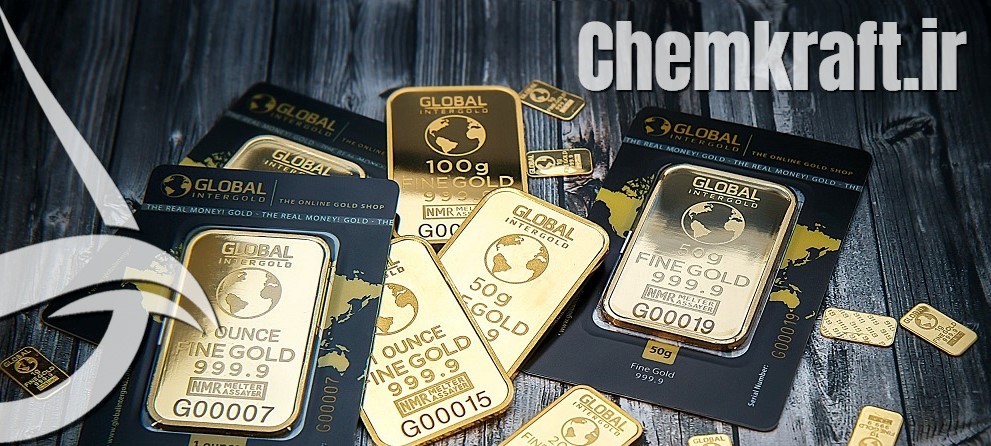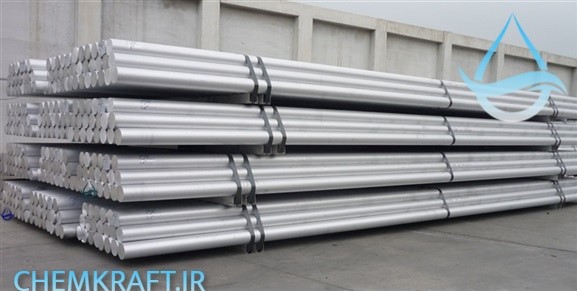Introduction:
Caustic soda, or sodium hydroxide (NaOH), plays a crucial role in the extraction and purification of gold in the mining industry. Its versatile chemical properties make it an indispensable reagent in various stages of gold processing. This article explores the applications of NaOH in gold mining, focusing on its role in gold extraction and purification processes.
Gold Extraction:
Ore Leaching:
The initial stage of gold extraction involves leaching gold-containing ores. Caustic soda is often used in conjunction with cyanide in a process known as alkaline cyanide leaching. The caustic soda helps create an alkaline environment, enhancing the efficiency of the leaching process.
pH Adjustment:
Controlling the pH level is critical in gold leaching. Caustic soda is employed to adjust and maintain the alkaline pH conditions necessary for the dissolution of gold. A higher pH promotes the formation of soluble gold complexes, facilitating their extraction.
Gold Cyanidation:
Caustic soda is a key component in the gold cyanidation process, where cyanide is used to dissolve gold. The addition of NaOH helps optimize the pH, ensuring favorable conditions for the formation of soluble gold-cyanide complexes. This enhances the solubility of gold for subsequent recovery.
Gold Purification:
Gold Precipitation:
After gold leaching, caustic soda is involved in the precipitation of gold from the solution. Zinc or aluminum is often added along with caustic soda to facilitate the cementation or precipitation of gold particles. This process is crucial for separating gold from other metals and impurities.
Carbon-in-Pulp (CIP) and Carbon-in-Leach (CIL) Processes:
In modern gold processing, the CIP and CIL methods involve the use of activated carbon to adsorb gold from the leach solution. NaOH is utilized in these processes to maintain the alkaline pH necessary for the effective adsorption of gold onto the activated carbon.
Gold Smelting:
NaOH also plays a role in gold smelting, the final step in gold purification. The smelting process involves heating the gold precipitate to high temperatures to separate it from impurities. Caustic soda aids in fluxing, promoting the removal of unwanted materials and ensuring a cleaner final product.
Environmental Considerations:
While caustic soda is integral to gold extraction and purification processes, it is important to acknowledge environmental considerations associated with its use. The management of cyanide and caustic soda solutions is subject to stringent regulations and safety protocols to prevent environmental contamination.
Cyanide Detoxification:
Efforts are made to detoxify cyanide-containing effluents generated during gold processing. Various methods, including alkaline chlorination, are employed to degrade cyanide into less harmful substances, ensuring environmental compliance.
Effluent Treatment:
NaOH is used to adjust the pH of wastewater streams from gold processing plants. Proper pH control is essential to prevent the release of harmful substances into the environment and to meet regulatory standards for effluent discharge.
Innovation and Sustainable Practices:
Green Chemistry Initiatives:
Ongoing research and development focus on incorporating green chemistry principles into gold processing. Sustainable alternatives to traditional processes that reduce the environmental impact of caustic soda and cyanide usage are actively explored.
Water Recycling:
To minimize water consumption and discharge, gold processing facilities increasingly implement water recycling practices. Closed-loop systems are designed to efficiently reuse process water, reducing the need for fresh water and mitigating environmental impact.
Conclusion:
Caustic soda is a versatile and essential chemical in the gold mining industry, contributing to both the extraction and purification of gold. Its role in maintaining alkaline conditions, facilitating gold leaching, and aiding in the precipitation and smelting processes is integral to the overall gold processing workflow.
While the use of caustic soda is essential for gold recovery, responsible and sustainable practices are crucial to mitigate potential environmental impacts. Stringent regulatory measures, cyanide detoxification processes, and ongoing research into greener alternatives underscore the commitment of the industry to balance the economic benefits of gold extraction with environmental stewardship.
As the gold mining industry continues to evolve, advancements in technology and a commitment to sustainability will likely shape the future of gold processing, ensuring that the valuable metal is extracted and purified responsibly, with minimal environmental impact.












